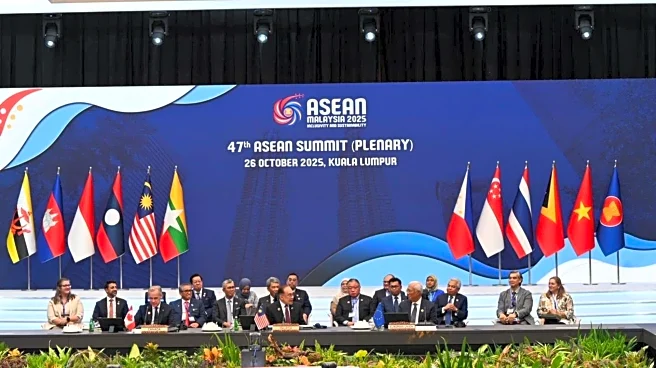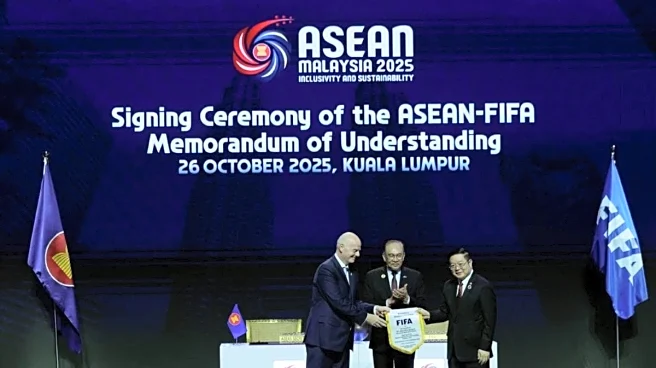Asia's youngest and Southeast Asia's poorest nation gained freedom from Indonesia in 2002.
A nation once rich in oil and gas
When Timor-Leste became independent in 2002, it gained control over huge oil and gas fields in the sea between Timor and Australia, called Bayu-Undan and Greater Sunrise. By the mid-2000s, almost all the government's revenue, about 95%, came from oil and gas.
In 2005, the government created a Petroleum Fund to manage this wealth. However, since 2008, the government has been spending more than what's considered safe to take out from this fund. But the wealth didn't last. Economists now describe Timor-Leste as a victim of the ‘resource curse.’
The Bayu-Undan field was one of East Timor's biggest oil and gas sources. It produced a lot of money for the country for nearly two decades before running dry in 2023. The project had to be shut down.
East Timor's entrance to ASEAN
Also known as Timor-Leste, the country applied for ASEAN membership in 2011 but had to wait for more than a decade to enter the bloc. Many member states, especially Singapore and Thailand, worried that the country wasn't economically strong enough to meet ASEAN's standards.
East Timor had weak infrastructure, limited administrative capacity that made it struggle to send diplomats to
Over the years, the country improved its infrastructure, strengthened its governance and economy with the assistance of its neighbouring nation, Indonesia. In 2022, it was granted observer status, and in 2025, it was formally admitted into the bloc.
What experts predicted back in 2001
A year before its independence, experts said the country was likely to remain impoverished for years.
“One of the main challenges for East Timor is that the money is well spent,” said Sarah Cliffe, chief of the World Bank's mission in East Timor, at the time. “There are many, many examples around the world of countries which have received oil windfalls, but have squandered the benefits.”
These concerns have become the country's reality today.
What next
With its oil and gas reserves drying up, the government is now looking at the development of the Greater Sunrise liquefied natural gas field. According to a report in East Asia Forum, the field is estimated to have gas worth over $33 billion. But it's remained stalled since 2024.
The Timor-Leste government says that onshore processing will boost the country's industrial infrastructure and help diversify the nation's economy, which until now has remained heavily reliant on oil and gas revenues.
However, the report also flags a limited skills base, a lack of infrastructure, and a stagnant economy. It remains to be seen whether the Greater Sunrise field forms the core of what the government envisions as an industrialised state.
/images/ppid_59c68470-image-176155504381811503.webp)

/images/ppid_59c68470-image-176145003135181728.webp)





/images/ppid_59c68470-image-17615400580459264.webp)


/images/ppid_59c68470-image-176146503742157310.webp)
/images/ppid_59c68470-image-17615275996152185.webp)
/images/ppid_59c68470-image-176137752651245865.webp)